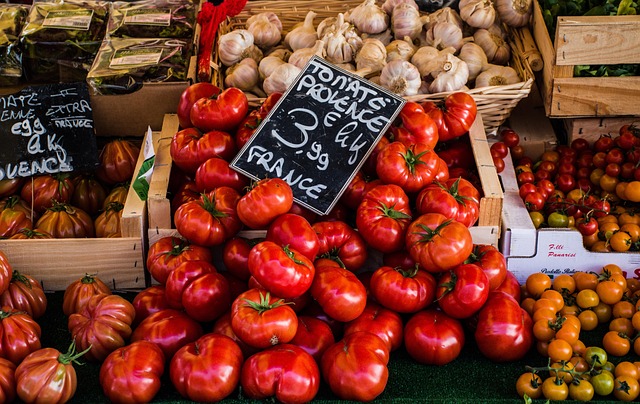Meal delivery programs tailored for seniors, driven by convenience in modern life, are gaining traction. Local Food Delivery and Meal Preparation services significantly improve senior quality of life by meeting nutritional needs and promoting independence. These initiatives involve partnerships between local restaurants, volunteer networks, and community organizations, delivering balanced meals to homes, fostering social connections, supporting local businesses, and ensuring nutritious meals for the aging population. When choosing a program, consider unique community needs, evaluate logistics like delivery frequency and packaging, and prioritize eco-friendly practices and locally sourced ingredients.
In today’s fast-paced world, ensuring seniors receive nutritious meals can be a challenging task. This is where local food delivery and meal preparation programs step in as a vital community service. These initiatives cater to the specific dietary needs and preferences of seniors, offering convenience and peace of mind. The article explores how these programs enhance senior well-being, from personalized meals to efficient delivery systems. It delves into the benefits, selection criteria, and best practices for implementing effective senior meal delivery services in local communities.
- Understanding Local Food Delivery and Meal Preparation Programs
- Benefits of Senior Meal Delivery Services
- How to Choose the Right Program for Your Community's Seniors
Understanding Local Food Delivery and Meal Preparation Programs

Meal delivery programs, especially those catering to seniors, are gaining traction in today’s fast-paced world. These services offer a convenient solution for elderly individuals who may have limited mobility or access to fresh food options. By understanding local food delivery and meal preparation programs, we can appreciate how these initiatives enhance the quality of life for seniors.
Local Food Delivery and Meal Preparation services play a pivotal role in addressing nutritional needs and promoting independence among the aging population. These programs often involve partnerships between local restaurants, volunteer networks, and community organizations to prepare and deliver balanced meals directly to senior citizens’ homes. This approach ensures that individuals receive nutritious meals while also fostering social connections and supporting local businesses.
Benefits of Senior Meal Delivery Services

Senior meal delivery services offer a multitude of benefits, enhancing the quality of life for elderly individuals who may struggle with daily tasks like cooking. These programs provide local food delivery that caters to specific dietary needs and preferences, ensuring seniors receive nutritious meals tailored to their requirements. With professional meal preparation, these services not only save seniors time but also maintain their independence by providing convenient access to well-balanced meals.
Furthermore, such initiatives foster social connections as they often include opportunities for interaction and community building. Many programs design meals around local ingredients, promoting a sense of place and cultural identity. By embracing meal preparation as a service, senior meal delivery not only supports healthy aging but also enriches the overall well-being and satisfaction of elderly individuals in their communities.
How to Choose the Right Program for Your Community's Seniors

When selecting a senior meal delivery program, understanding your community’s unique needs is paramount. Start by evaluating the demographics and dietary requirements of your elderly population. Some programs specialize in specific cuisines or cater to those with medical conditions like diabetes or heart disease. Ensure they offer options for both hot meals and ready-to-heat dishes to accommodate various preferences and abilities. Local food delivery and meal preparation services can be a game-changer, providing not just sustenance but also social interaction and improved quality of life.
Consider the logistics too – delivery frequency, packaging, and storage options. Some programs deliver three meals a day, while others offer a la carte choices. Check if they use eco-friendly packaging and have flexible subscription models to suit varying demands. Additionally, look into their sourcing practices; supporting local farmers and producers not only ensures fresher ingredients but also contributes to the community’s economy.
Senior meal delivery programs have become a vital service, offering both convenience and nutritional support to our aging population. By understanding the local food delivery and meal preparation landscape, we can ensure that seniors receive well-balanced meals tailored to their needs. Choosing the right program involves considering factors like accessibility, menu variety, and community partnerships. Through this collective effort, we can enhance the quality of life for seniors and foster a healthier, more connected community.






